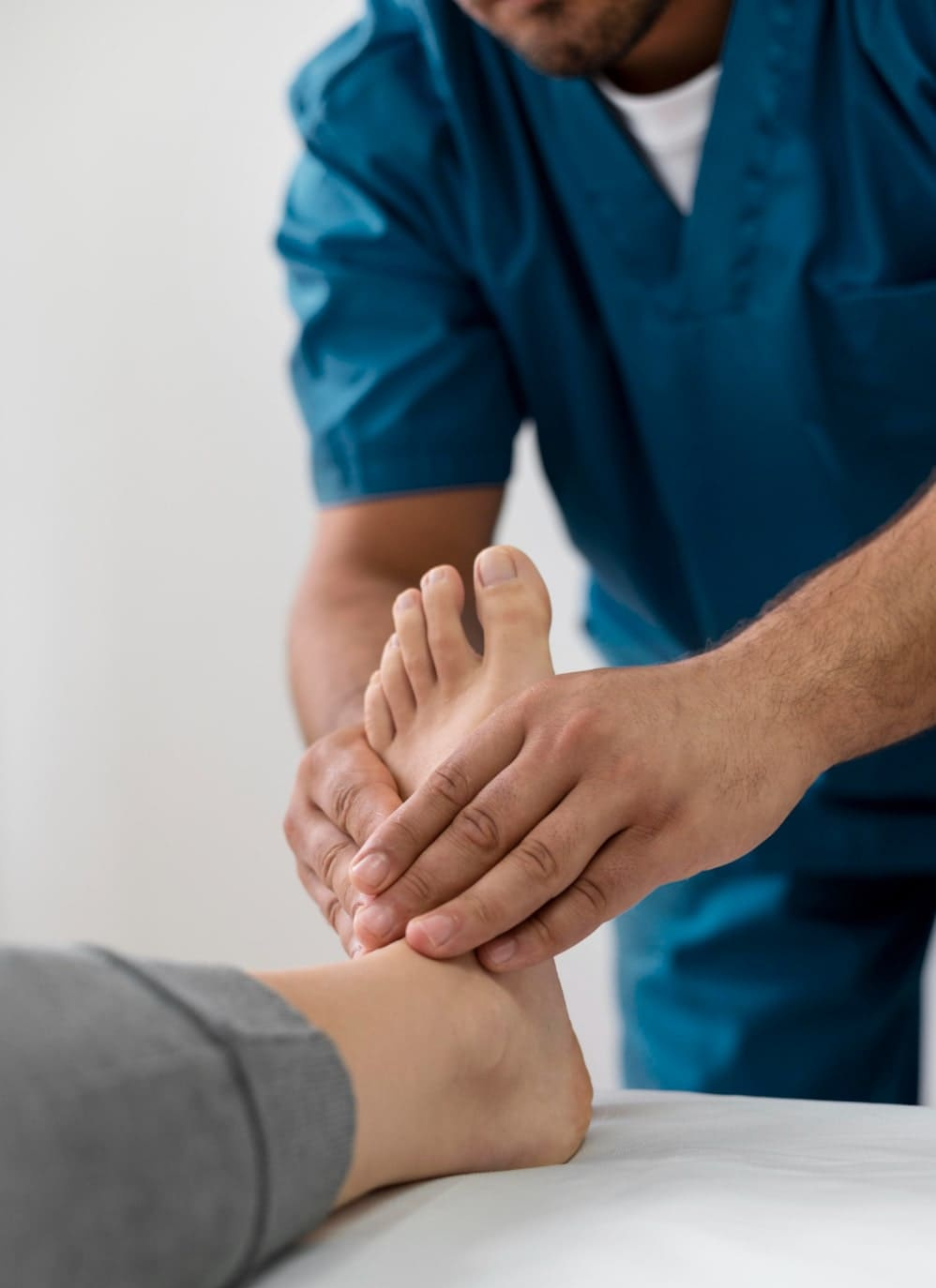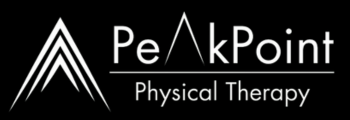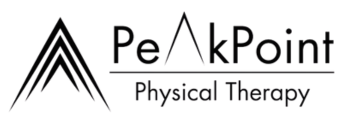Welcome to Peak Point PT – Same Team, Same Services, and Same Location of First Class Physical Therapy (NJ). We're excited to introduce our new name! Visit us today for the high-quality care you've always relied on.
Peak Point PT – Vestibular Therapy in Passaic
Vestibular Therapy, also known as Vestibular Rehabilitation Therapy (VRT), is a specialized form of physical therapy designed to treat conditions affecting the inner ear (vestibular system) and the brain, which are responsible for balance and spatial orientation. It helps to improve balance, reduce dizziness and other symptoms caused by disorder of the vestibular system. Peak Point PT performs Vestibular Therapy in Passaic for residents of the Passaic county and who are closer to the clinic around Clifton, Wallington, and Rutherford as well.

How Does This Problem Happen?
The most common source of balance disorders is an abnormality of the inner ear. There are two parts to the inner ear: the organ of hearing (the cochlea) and the organ of balance (the labyrinth, which comprises the semicircular canals and utricle). The labyrinth tells a person their position in space. If a person turns around or goes up, that individual is aware of the movement because the inner ear is being stimulated. When the inner ear does not work right, there is a false sensation of moving. This is the definition of “vertigo,” which involves a sensation of the room spinning or the floor rocking. While vertigo is one of the most common complaints of patients with inner ear balance disorders, other common complaints include feeling “woozy,” “light headed,” “drunk,” “off balance,” or “spacey.”
Balance disorders that arise from the inner ear are often associated with hearing loss, ear fullness, or a noise in the ear (tinnitus). In order to evaluate an inner ear balance disorder, hearing tests and balance tests are often necessary. Common disorders of the inner ear that cause imbalance include Meniere’s disease and vestibular neuronitis.
Vestibular Therapy Can Overcome The Following Symptoms
Dizziness: A general sensation of light headedness or unsteadiness by the inner ear disorders and other issues.
Vertigo: The sensation of spinning or the world spinning around you.
Imbalance: Difficulty maintaining stability, leading to an increased risk of falls.
Gaze instability: Difficulty keeping your eyes focused on a target when your head is moving, leading to blurry or jumping vision.
Nausea and fatigue: Often secondary symptoms of vestibular disorders.
A vestibular therapist, who also has specialized training as a physical therapists, will conduct an assessment to create a personalized treatment plan based on the specific type and cause of your vestibular disorder.
Don’t Wait for The Care Your Loved Ones Need
How is Vestibular Rehabilitation Performed?
Vestibular Rehabilitation Therapy aims to help the brain compensate for these deficits through a series of customized exercises.
The core principles of Vestibular Rehabilitation Therapy include:
Adaptation: Helping the brain “recalibrate” and adjust to the altered signals from the vestibular system.
Habituation: Repeatedly exposing the patient to movements or visual stimuli that provoke dizziness, gradually reducing the brain’s sensitivity to these triggers.
Substitution: Training the brain to use other senses (like vision and somatosensory information from the body) to compensate for the impaired vestibular function.
Common Exercises & Techniques in Vestibular Rehabilitation Therapy
Repositioning maneuvers (e.g., Epley maneuver): Used for Benign Paroxysmal Positional Vertigo (BPPV) to move displaced calcium crystals in the inner ear back into their proper place. Very commonly this is known as repositioning maneuvers for BPPV.
Gaze stability exercises: Involve focusing your eyes on a target while moving your head, to improve visual stability.
Balance training exercises: Activities designed to improve steadiness, such as standing on different surfaces, walking with various head movements, or performing tasks while maintaining balance.
Habituation exercises: Deliberately performing movements that trigger dizziness, in a controlled way, to help the brain adapt.
Strengthening and flexibility exercises: To improve overall physical condition and support better balance.
Insurance – For Vestibular Therapy in Passaic
Peak Point Physical Therapy accepts the following insurance.











We accept the above insurance providers for physical therapy. If your plan is not listed, please call 973-657-6334 on to verify if your insurance plan is accepted or fill in the below form and we will get back to you soon.
Take The First Step In Your Recovery Journey Today
Recovery Starts here! We want to help you get back to doing the activities that you love. Fill out our short form and we’ll contact you to schedule your appointment as soon as possible!

Benefits of Vestibular Therapy
Following are the few most common benefits of Vestibular Therapy seen in most patients.
Reduced Dizziness and Vertigo
A significant reduction and even elimination of dizziness and vertigo is due to the VRT, which helps train the brain to attack to any irregular signal from the vestibular system. This is the primary goal and a major benefit.
Improved Balance and Stability
Through specific exercises, VRT enhances the body’s ability to maintain balance performing daily activities. This leads to increased stability and reduced unsteadiness.
Reducing Risk of Falls
By improving balance and decreasing dizziness, VRT significantly lowers the risk of falls, which is especially crucial for older adults or those with neurological conditions.
Improved Gaze Stability & Clearer Vision with Head Movements
Vestibular therapy includes exercises that improve the ability to keep a clear vision and focused during head movements (gaze stability). This is vital for tasks like reading, walking, and driving.
Increased Confidence in Performing Daily Activities
By addressing balance and dizziness issues, individuals can regain confidence in one self and safely perform activities of daily living, leading to greater independence.
Overall Improvement in Quality of Life
The nature of dizziness and imbalance can severely impact a person’s quality of life. VRT can help patients return to normal activities, social engagements, and recreational pursuits, significantly enhancing their well-being.
Repositioning of Inner Ear Debris
For conditions like Benign Paroxysmal Positional Vertigo (BPPV), specific maneuvers within vestibular therapy can effectively reposition displaced calcium crystals in the inner ear, providing immediate relief.
Reduced Fatigue & Anxiety
Living with chronic dizziness and imbalance can lead to anxiety, frustration, and fatigue. Which could cause to further issues. By alleviating these symptoms, VRT can also improve mental and emotional health.
Also Check out our
Take a look at what our patients say.


